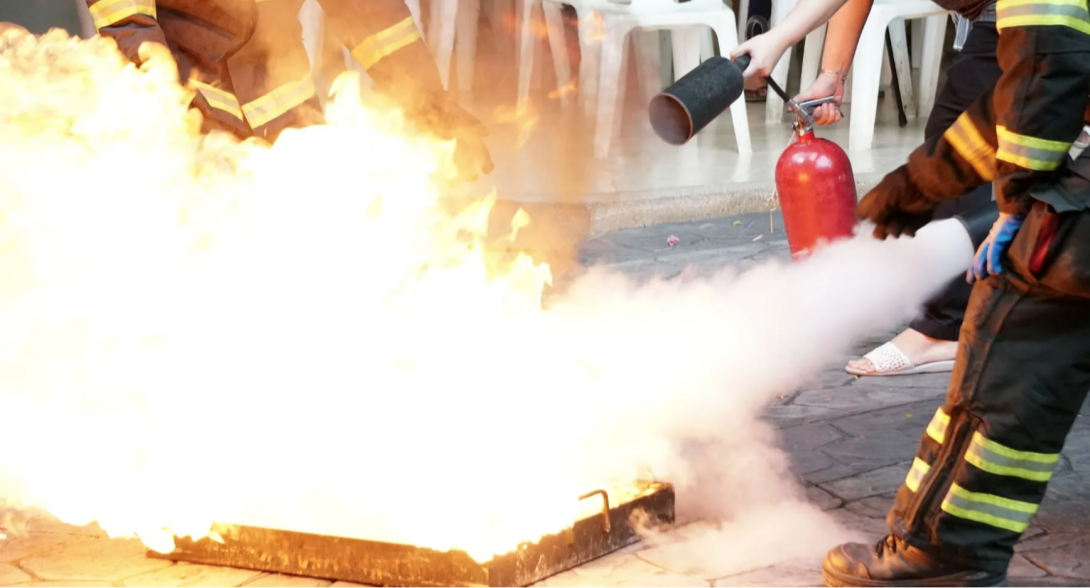
In today’s fast-paced and safety-conscious world, ensuring the safety of employees and visitors in workplaces is a top priority. One effective way to prepare for emergencies is by conducting mock evacuation drills. These drills, also referred to as safety mock drills, simulate emergency scenarios to train individuals on how to respond effectively and efficiently. This blog explores the significance of these drills, their key benefits, and tips for conducting them successfully.
What Is a Mock Evacuation Drill?
A mock evacuation drill is a planned exercise designed to replicate emergency situations, such as fires, earthquakes, or chemical spills. The goal is to practice evacuation procedures, test emergency response systems, and evaluate the readiness of employees and management to handle potential crises. By simulating real-life emergencies, these drills offer valuable insights into the effectiveness of existing safety measures and highlight areas that may need improvement.
Why Are Safety Mock Drills Essential?
Emergencies are unpredictable, and panic can easily take over when they occur. Conducting safety mock drills ensures that everyone in the workplace is familiar with the proper procedures, which can save lives and minimize chaos. Here are some key reasons why these drills are essential:
- Preparedness A well-rehearsed evacuation plan equips employees with the knowledge to act swiftly and safely during an emergency. Regular practice helps reduce confusion and ensures that everyone knows their roles and responsibilities.
- Identifying Weaknesses Mock evacuation drills provide an opportunity to test the effectiveness of emergency plans. They can reveal shortcomings in evacuation routes, communication systems, or personnel training.
- Compliance with Regulations Many jurisdictions require businesses to conduct periodic safety mock drills to comply with health and safety regulations. Regular drills demonstrate a company’s commitment to the well-being of its workforce.
- Building Confidence Employees who participate in mock evacuation drills are more likely to feel confident and less anxious during an actual emergency. Familiarity with procedures fosters a sense of control and preparedness.
- Reducing Response Time In emergencies, every second counts. Practicing evacuation procedures helps streamline responses, ensuring that people can exit the building quickly and safely.
How to Conduct an Effective Mock Evacuation Drill
To maximize the benefits of a mock evacuation drill, it’s essential to plan and execute it meticulously. Here are steps to ensure a successful drill:
- Set Clear Objectives Define the purpose of the drill. Are you testing evacuation routes, communication systems, or the readiness of emergency response teams? Clear objectives will guide the planning process.
- Develop a Detailed Plan Outline the steps of the drill, including the type of emergency, evacuation routes, and assembly points. Ensure that all safety equipment, such as fire alarms and extinguishers, is functional.
- Communicate with Employees Notify employees about the upcoming drill and its objectives. While surprise drills can test real reactions, providing advance notice ensures that everyone participates and takes it seriously.
- Assign Roles and Responsibilities Designate key personnel, such as fire wardens or first aid responders, to specific roles. Ensure they are adequately trained to assist during the drill.
- Simulate Realistic Scenarios Create scenarios that mimic potential emergencies, such as blocked exits or power outages. This adds authenticity to the drill and prepares employees for various contingencies.
- Evaluate Performance After the drill, conduct a debriefing session to assess its effectiveness. Discuss what went well, identify challenges, and gather feedback from participants.
- Update Emergency Plans Use the insights gained from the drill to refine evacuation procedures and address any gaps in the safety plan.
Benefits of Regular Safety Mock Drills

Regularly conducting safety mock drills ensures that safety remains a top priority in the workplace. Here are some long-term benefits:
- Enhanced Safety Culture: Frequent drills reinforce the importance of safety and create a culture of vigilance.
- Improved Communication: Employees become familiar with emergency communication protocols, reducing the risk of misunderstandings during a real crisis.
- Compliance Assurance: Routine drills demonstrate compliance with safety regulations, protecting businesses from legal liabilities.
- Increased Trust: Employees appreciate an employer’s commitment to their well-being, fostering trust and loyalty.
Common Challenges and Solutions
While mock evacuation drills are invaluable, they can present challenges. Here are some common issues and how to address them:
- Lack of Participation: Encourage involvement by emphasizing the importance of the drills and making them engaging.
- Disruption to Workflow: Schedule drills during low-activity periods to minimize disruption.
- Inadequate Planning: Invest time in detailed planning to ensure the drill runs smoothly and achieves its objectives.
- Complacency: Rotate scenarios to keep drills interesting and relevant, preventing employees from becoming indifferent.
Conclusion
Mock evacuation drills and safety mock drills are indispensable tools for preparing workplaces for emergencies. By simulating real-life scenarios, these drills not only save lives but also foster a culture of safety and preparedness. Businesses that prioritize regular drills are better equipped to protect their employees, minimize risks, and comply with safety regulations. Invest in these drills today to ensure a safer tomorrow for everyone in your organization.
